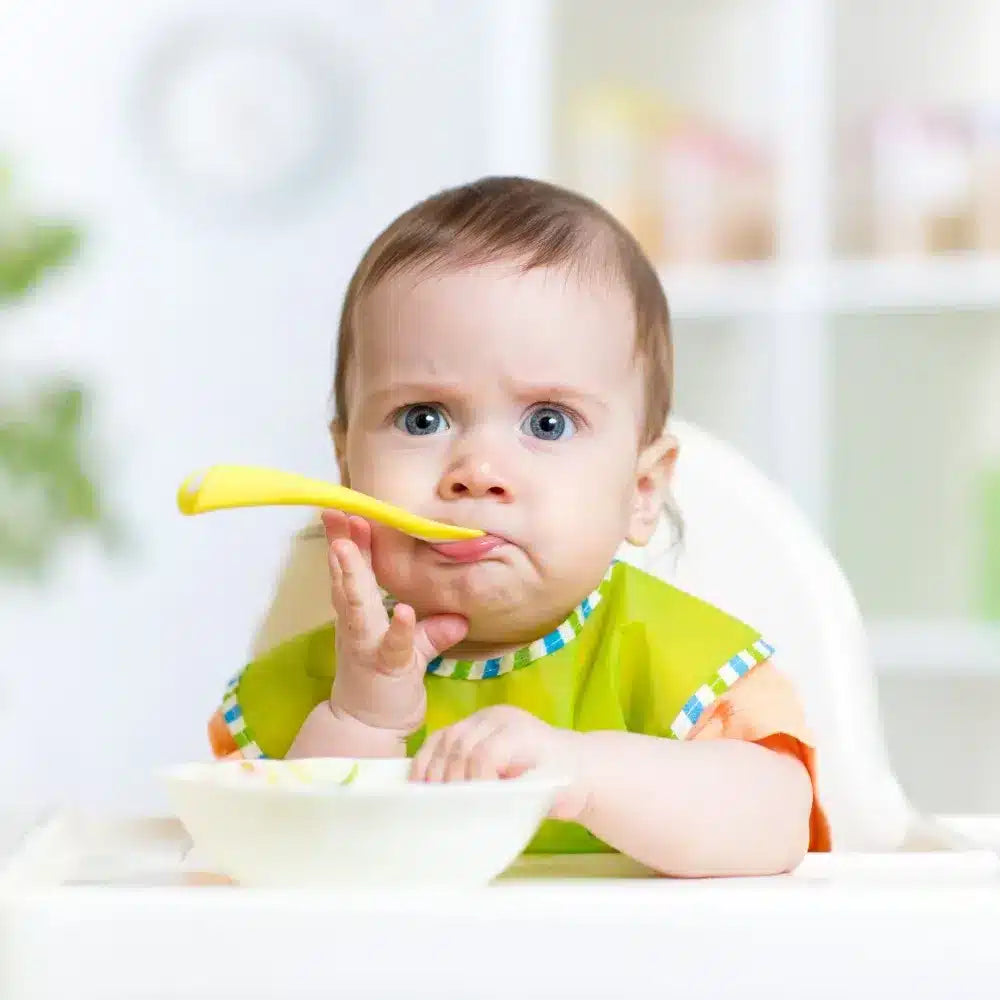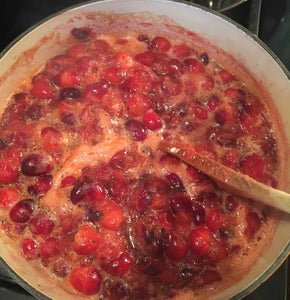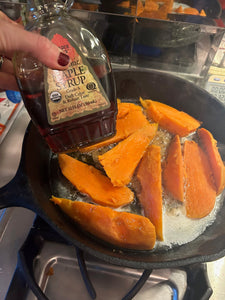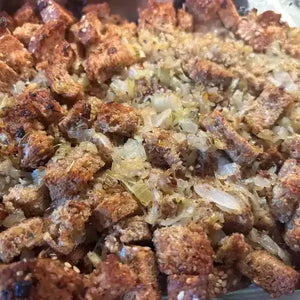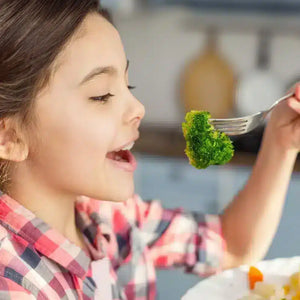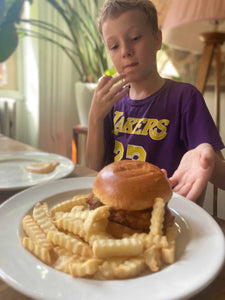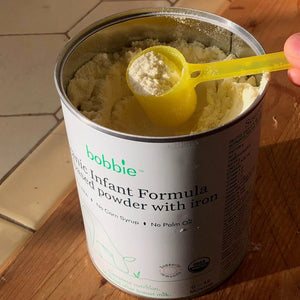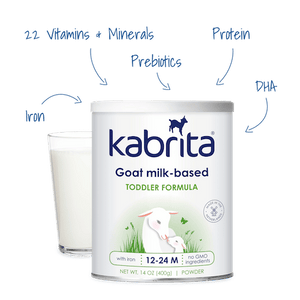Okay, this a trick question, but it’s one we are asked a lot. The rice cereal that is best for your baby’s first food is…none.
Our readers often ask why we haven’t done a Safe Product Guide on rice cereal for babies. Most pediatricians still recommend rice cereal as the first food, because it’s gluten-free and almost never causes an allergic reaction. And readers think, surely there are brands that are Good, and also Sneaky ones that could be uncovered and then avoided?
It’s true that if you are going to start your baby on rice cereal, some brands are better than others (I would opt for this one if pressed), but more importantly, any boxed, ready-made rice cereal is highly processed and really unnecessary as a first food. Here’s why:
- Most rice cereals are made from white rice. Dr. Alan Greene, who was a guest with Maia on The Dr. Oz Show last year, says that white rice cereal is nearly the same as pure sugar, metabolically speaking.
- Many manufacturers add thickening agents like flour and starches to their rice cereals.
- Many health practitioners recommend not giving babies any grains until they are at least a year old, as grains can be hard to digest.
- There are concerns about arsenic in rice and rice cereals.
What about brown rice cereals or homemade rice cereals?
If you really want to feed your baby a boxed rice cereal, you should definitely opt for one made from brown rice. These certainly are a better bet, especially if they are made with organic brown rice. However, for the reason stated above, I always recommend skipping the boxed stuff and making your own brown rice for your baby to keep nutrients intact. There are a couple of different ways to make a rice cereal.
- You can grind your rice before cooking it, making it cook faster and yielding a great texture for a baby. A recipe for this method can be found here.
- Soak your rice instead of grinding. This is my preference because soaking rice (and other grains) limits phytic acids and increases digestibility (click that link to learn about phytic acids and why you’d want to remove them). Of course, if you soak the rice first, you will not be able to grind it, but that’s okay! Below is my recipe for homemade brown rice cereal for a baby. You can also try other whole grains for a homemade cereal—quinoa or millet both work well.
Homemade Brown Rice Baby Cereal
1. Measure ½ cup of organic brown rice (or quinoa or millet) and rinse under cold water using a fine mesh strainer.
2. Soak grains for one to eight hours to soften, increase digestibility, and eliminate phytic acid. Drain grains and discard the soaking water.
3. Place rice with 1 ½ to 2 cups of water in a pot and bring to a boil.
4. Reduce heat and cover and simmer until the water is absorbed, about 45 minutes (or the suggested amount of time, depending on the grain you chose), without stirring during the cooking process.
5. When it is finished you can mash it further by putting it through a baby food mill or even with a fork. You can then dilute with water, breastmilk, or formula before feeding to your baby.
Oatmeal can also be made by soaking and adding extra water when cooking to make it creamier and even easier to eat and digest for a young baby.
What about foods other than grains?
Some of our readers don’t eat grains at all, and naturally plan to keep their babies on grain-free diets. There are plenty of alternatives for first foods, and Dr. Greene argues that we should NOT be starting kids on grains at all, considering our obesity epidemic.
In any case, for a six-month old baby, I would start with fresh fruits and vegetables and then as they get older, move to homemade whole grains. Here are some good options:
- Pureed fresh fruits (dried fruit that’s been soaked, stewed, and mashed is also quite sweet and tasty).
- Fresh vegetables of all kinds (steamed and then mashed).
- Sweet potatoes (boiled or steamed and mashed).
- Winter squashes (butternut, buttercup, delicata).
Some moms like to feed babies simple foods like avocado and bananas, both of which require only mashing. While this is fine, keep in mind that these are tropical foods and not local for us in the Northern latitudes. I believe they are fine to eat occasionally, but I do like to eat organically, seasonally and locally as much as possible. So for this time of year, apples, pears, and maybe some frozen berries or dried fruits would be my choice.
As your baby grows and gets used to eating, you may put a small portion of your own food into a separate dish for the baby, mashed as needed.
Below are some great baby food books that I’ve consulted since becoming a grandmother!
- Feeding the Whole Family: Recipes for Babies, Young Children, and Their Parents, by Cynthia Lair
- Super Nutrition for Babies: The Right Way to Feed Your Baby for Optimal Health, by Katherine Erlich
- 201 Organic Baby Purees: The Freshest, Most Wholesome Food Your Baby Can Eat! by Tamika Gardener
- The Amazing Make-Ahead Baby Food Book: Make 3 Months of Homemade Purees in 3 Hours, by Lisa Barrianngon PhD

